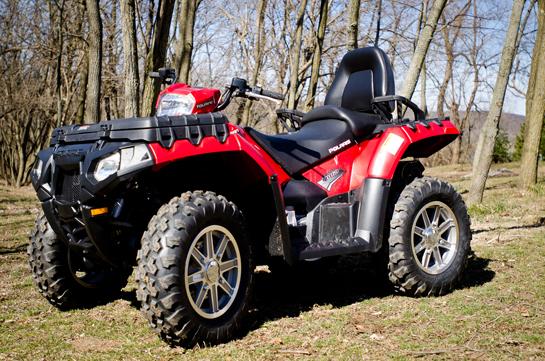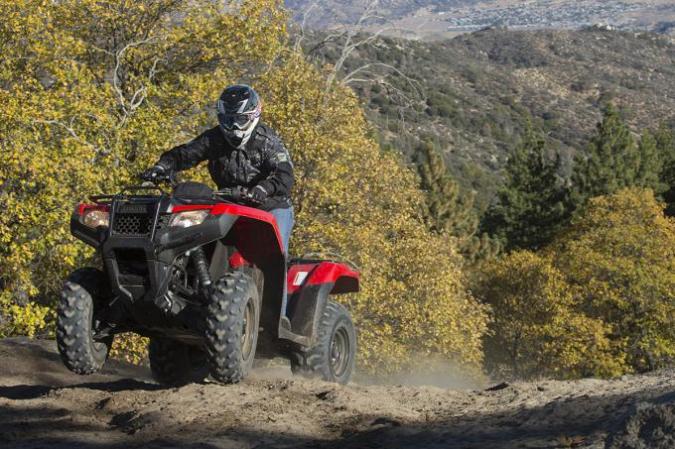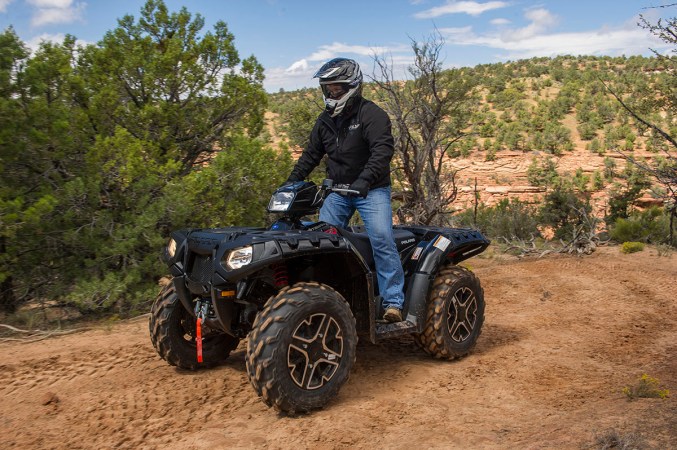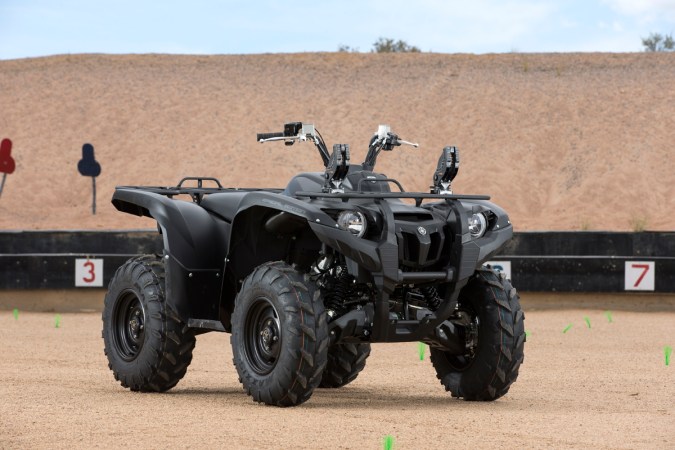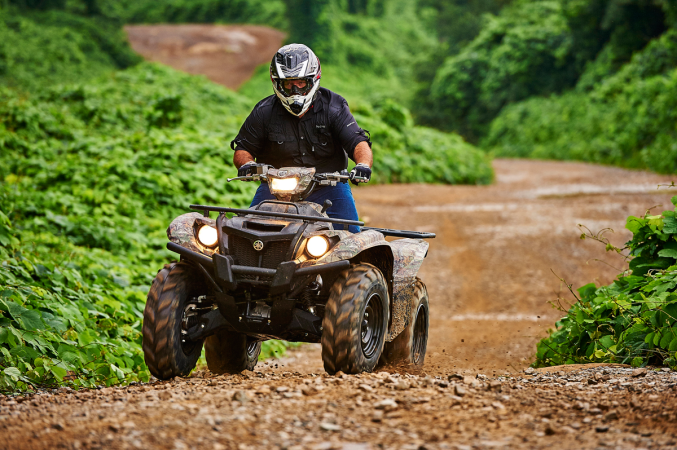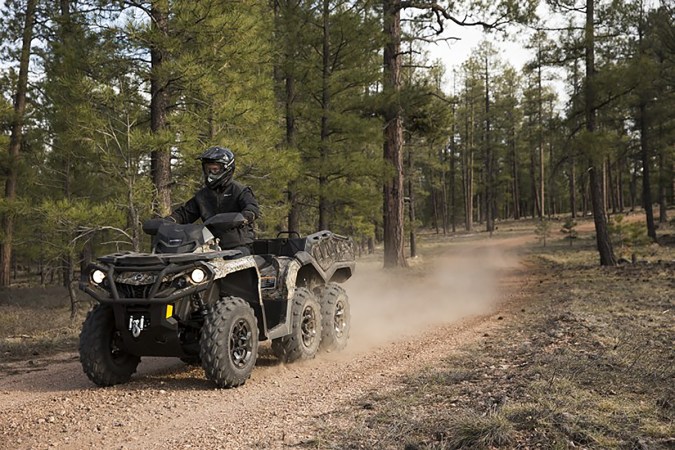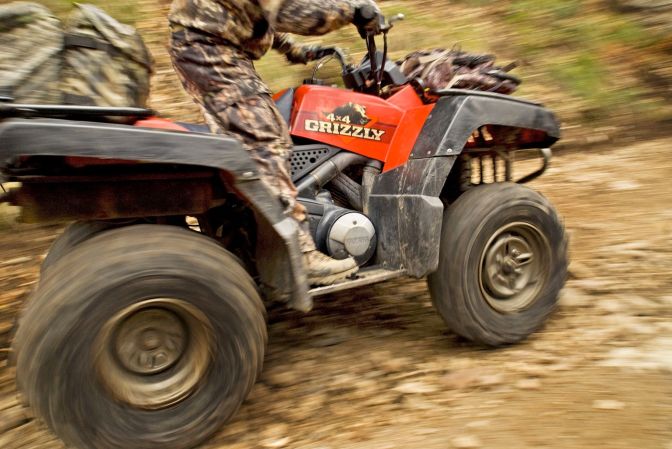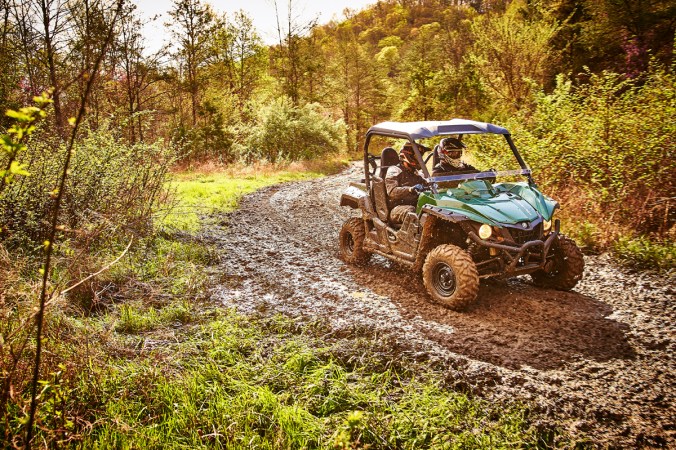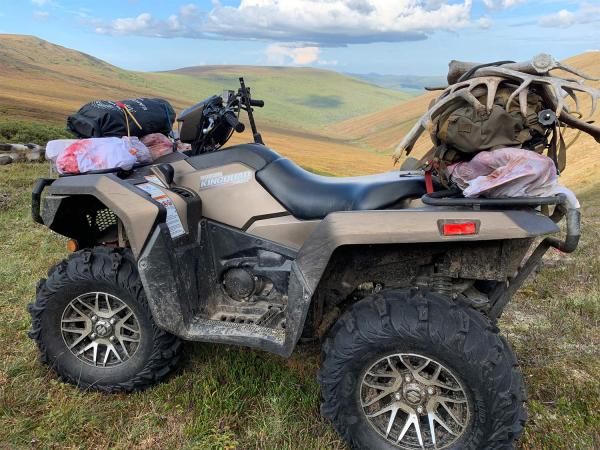We may earn revenue from the products available on this page and participate in affiliate programs. Learn More ›
As your ATV or UTV ages, it tends to get a little noisier. You don’t want a noisy ATV on your hunting property, whether you’re scouting, traveling to a stand on a morning hunt, or just taking a ride.
As the squeaks grow in to an annoyance, you may not only have a squeaking issue, but maybe worn and damaged parts that could cause more serious mechanical issues. Here’s how to check those squeaks and rattles and avoid a breakdown on the trail. And, quiet your machine before hunting season.
1. Wheel bearings: Each wheel has its own wheel bearings that are only protected by simple seals. These seals can be compromised from heavy mud or dirt and this ends up opening up the bearing itself to water and the debris from the trails. If you have a squeak when slowly rolling on the trail or when you add weight to the front or rear of the rig, then it is a possibility that your wheel bearings are the culprit. If you raise the wheels off the ground and steadily spin each one individually, you will find the troublemaker in the group.
2. Suspension attachment points: Your front and rear suspension arms are typically attached to the frame using a bushing or steel spacer. These may or may not have grease fittings. When these become dry and worn, they can capture trace amounts of dirt causing the grinding to become very evident. A suspension service might include cleaning and adding a small application of grease to these bushings to eliminate the annoyance.
3. Steering components: The steering on an ATV or UTV can become noisy as the tie rod ends begin to wear down. These are typically semi-sealed in grease cups, and when the grease starts to loose its place the screeching begins. The tie rods on your machine control the steering input from your arms through the handlebars and down to the wheels. Sloppy steering or a loose feeling in the handlebars is a good indication of a tie rod issue.
4. Shock mounts: The points where the shocks mount to the frame and suspension are also subject to steel-on-steel squeaks. If the bushings in the shock are worn or the shock mount bolt has loosened, you will get a faint squeak from time to time. Simply tightening these bolts will help tremendously.
5. Brake rotors: The brake rotors are notorious for squeaking when they get worn and then get wet or muddy. The rotor will pick up mud in the vent holes on the rotor and this can cause an ongoing annoyance. If you tend to only replace your brake shoes when they are totally gone, then your rotor will suffer from grooving and this also causes screeching as you start off or stop during your ride.


